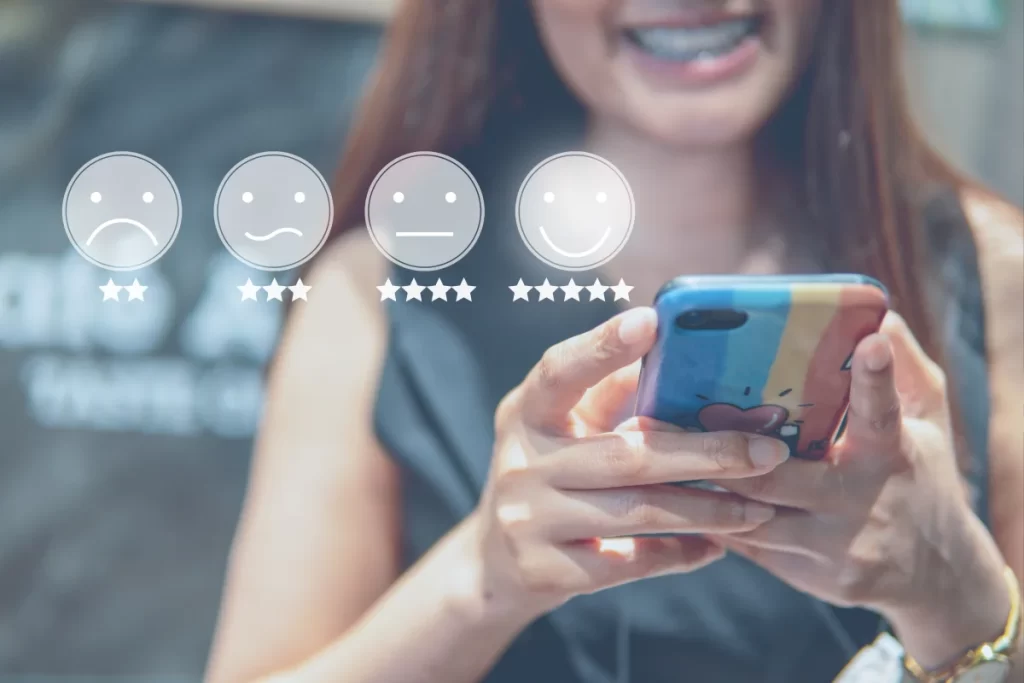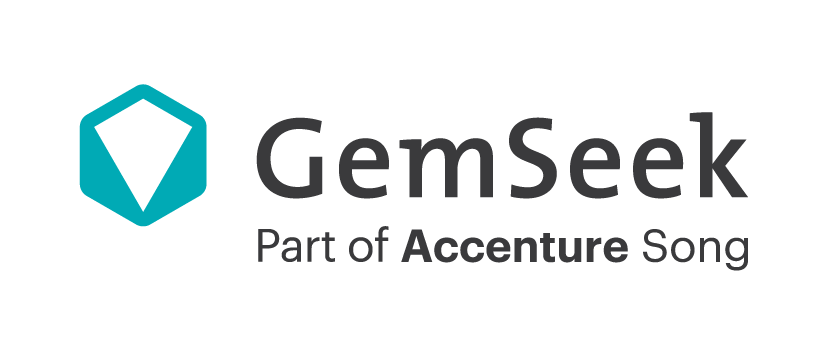
What do you do with the customer data you collect? Whether it being survey feedback, past interactions data or NPS®, it gives one strategic advantage beyond only being beneficial to delivering great experience— it helps you better understand what your customers need, and ultimately solve a complex matter through the services and products you provide.
The Fundamentals of Good CX
Business customers nowadays expect exceptional customer experience, just as they would should they were individuals, using services or purchasing a product. CX is both integral to satisfaction scores and customer loyalty, thus is a fundamental element of keeping your company growing in terms of clientele, as well as revenue.
Keep your current customers happy and attract new ones
- Delivering customer experience of the highest standard can reduce customer churn by up to 15%. [1]
- Focusing on identifying proper customer experience initiatives, and properly prioritising them, can help you increase win rates of offers and reduce up to 50% the cost-to-serve.
Grow your customer base
- 86% of B2B buyers say they are willing to spend more for a better customer experience. [2]
- 73% of B2B brands are still not looking into building an overall CX program to help their business grow. [3]
- Brands that have adopted customer-centricity into the way they deliver experiences, are 60% more profitable. [4]
Differentiate from your competitors and strengthen your positioning
Brands are constantly working on making their products more competitive, yet many fail to invest in improving existing experiences for their customers. A holistic customer experience program solves the rivalry between investing in product development or customer experience improvement, effectively working in both directions.
How B2B customer experience programs differ from CX in B2C
At a first glance, you can discover some similarities between B2B and B2C CX programs. Both aim at smooth, cost-efficient experience and excellent support from the customer service teams. However, B2B customer experience is fundamentally different, and far more complex than working with customers on an individual level.
B2B customer experience programs include a multi-level environment, where different decision-makers within the organisation might experience the program differently, whilst working with multiple segments of customers, as well as catering to the needs of individual stakeholders.
The complexity of running a smooth B2B CX program might also come from the often extended periods of time required to collect enough customer feedback data, as well as the lack of proper analytical tools that help translate the customer data into business actions.
Identify growth potential through continuous analysis of customer feedback
One key aspect of a B2B CX program is the access to continuous customer feedback. B2B CX programs are notorious for their low response rates, making it impossible to understand what drives customers to make informed decisions, and limiting the program’s potential for success.
Given this context, finding a CX technology solution that works is crucial for the overall CX program rollout. A fully-fledged customer experience platform will enable you to:
- Design surveys and collect data
- Analyse data and measure customer-related KPIs
- Plan, prioritise & execute customer experience initiatives
- Increase engagement across all levels of your organisation
- Improve collaboration between decision-makers
- Prove the impact of your CX program
- Initiate customer-centric transformation
Adopt a customer-centric mindset
Achieving CX success in B2B requires acknowledging and sharing common goals across all levels of the organisation, and aligning those goals with the overall brand vision and corporate image.
- Focus on hiring employees with customer-centric mindset who will help drive cultural change and will set a strong governance model.
- Prioritise initiatives that will help you understand customer needs and reimagine your concept of what customers want through fact-checking and rigorous data analysis.
- Pay close attention to human emotions. Over 88% of customers say that buying decisions are based on both company’s proposition, and overall experience with brand representatives. [4]
Customer experience metrics you should be tracking
- Net Promoter Score (NPS). Net Promoter Score is the universal measure of CX and has a predictive capabilities of anticipating business growth. To calculate the NPS of your customers, you need run regular feedback campaigns, asking your customers how likely they are to recommend you to their peers.
- Customer Satisfaction (CSAT). CSAT is the key performance indicator of the average satisfaction of your customers. Typically, CSAT surveys are sent shortly after an interaction, such as customer call or after making a return.
- Customer Lifetime Value (CLV). Customer Lifetime Value measures how much one customer costs to your business, combining resources spent on marketing, customer experience and acquisition.
- Customer Effort Score (CES). CES determine the amount of work a customer needs to do to realise an interaction with your brand. To measure CES, brands roll out surveys, asking their clients how much effort did they put to resolve an issue with their business. Deeper analysis of such data can reduce friction between interactions, significantly improving the overall quality of the customer journey.
- Customer Loyalty. How many of your customers are truly dedicated brand advocates, always recommending your business to their peers? The customer loyalty metric measures how often your customers return after completing a purchase with you.
- Customer Acquisition. Marketing spend can be quite costly, especially in a B2B setting. Measuring how much resources you put to acquire a new customer, and analysing their journey before converting into a customer, can significantly reduce the spend, allocating the remaining resources towards other customer-related initiatives.
- Customer Churn. One metric that scares a lot of CX experts is the customer churn. Churn measures how many customers decided to stop doing business with a company. To calculate churn, you need to divide the number of customers lost during a certain period of time by dividing the number of customers lost at the beginning of the timeframe. One way to reduce churn is implementing predictive analytics into your customer experience program.
B2B customer experiences practices in action–consider adopting these to reach the next level of your CX Program
Achieving CX success in B2B requires acknowledging and sharing common goals across all levels of the organisation, and aligning those goals with the overall brand vision and corporate image.
- Low-touch (automation)
The 2020 pandemic transformed the way businesses function, decreasing in-person sales with 52%. 71% of B2B companies are yet to rethink their go-to-market strategy, redesign existing CX programs and leverage technology mix with digital transformation. [5] By permanently replacing manual processes, automation increases efficiency, and decreases time- and cost-to-serve, impacting the financial efficacy at the end of the fiscal year.
- Personalisation
Personalisation is no longer a B2C only approach. Whilst it’s now working in full force for online retailers, constantly reminding customers of similar items that might complement their previous purchases, or pushing a notification their carts are still full and waiting for a purchase completion, B2B companies function the same. Reminding your customers of information they might be interested in, but are not monitoring, demonstrating care through in-depth knowledge of the customer, their individual needs, and delivering value through your offering, are a few ways to bring your personalisation game up to the next level.
- Prediction
There are many benefits of having implemented predictive analytics into your technology mix. Whilst you will gain a better and deeper understanding of existing customer needs, pNPS will broaden your perspective to detect potential threats and issues that might negatively affect your business, and in a B2B setting—the business of your customers. The Predictive NPS technology unlocks a 360 view of your entire customer base, bridging the gap between low response rates and the resources it takes to gather and analyse quality customer feedback and act on it.
Sources
- R. Sheth, 75 Must-Know Customer Experience Statistics to Move Your Business Forward in 2022 (SmartKarrot, 16/02/2022)
- T. Kulbytė, Key Customer Experience Statistics You Need to Know (SuperOffice, 28/07/2022)
- Darko, Customer Experience Statistics: B2B, Value, and Trends (WritersBlockLive, 22/03/2021)
- N. Juneja, 58 Customer Experience Statistics Shaping Digital Strategy in 2022 (Coveo, 27/08/2021)
- B. Morgan, 10 Stats Showing How B2B CX Has Changed (Forbes, 11/07/2022)



